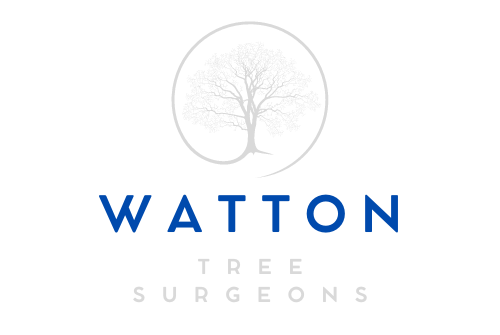Balancing Act: Tree Trimming and the Impact on Local Wildlife Corridors
Introduction: In the intricate tapestry of our natural world, trees play a crucial role as habitats, food sources, and travel routes for a diverse array of wildlife species. However, the maintenance of trees, including trimming and pruning, can positively and negatively affect local wildlife corridors. We recognise the delicate balance between tree care and wildlife conservation at Watton Tree Surgeons. In this blog post, we’ll explore the impact of tree trimming on local wildlife corridors and strategies for mitigating potential harm while preserving valuable habitat for wildlife.
1. Habitat Loss and Fragmentation
One of the primary concerns associated with tree trimming is the loss and fragmentation of wildlife habitat. Removing branches or entire trees can disrupt established wildlife corridors, which are essential for the movement and dispersal of animals between different habitats. Fragmentation of habitat can isolate populations, limit access to food and breeding sites, and increase the risk of genetic isolation and population decline.
2. Nesting and Roosting Sites
Many bird species rely on trees for nesting and roosting sites, using branches, cavities, and foliage to build nests and shelter young. Tree trimming activities that remove or alter nesting habitat can disrupt breeding cycles, reduce reproductive success, and displace sensitive bird species from their traditional nesting sites. Protecting nesting and roosting sites during tree trimming operations is essential for maintaining healthy bird populations and preserving biodiversity.
3. Food Sources and Foraging Habitat
Trees provide a vital food source for many wildlife species, including fruits, seeds, nuts, insects, and sap. Trimming trees can impact the availability of food sources by removing branches or altering the structure of the canopy, affecting the foraging behaviour and nutritional needs of wildlife. Maintaining a diverse array of tree species and leaving some dead or decaying wood can help provide essential food sources and foraging habitat for wildlife.
4. Mitigation Measures
While tree trimming can have adverse effects on local wildlife corridors, there are several mitigation measures that tree care professionals can implement to minimise harm and promote habitat conservation:
- Conducting thorough wildlife surveys before initiating tree trimming activities to identify sensitive habitats, nesting sites, and wildlife corridors.
- Implementing targeted trimming techniques, such as crown reduction or selective pruning, minimises the impact on wildlife habitat and preserves important features such as nesting sites and food sources.
- Avoid tree trimming during sensitive breeding or migratory periods when wildlife is most vulnerable to disturbance.
- Leaving some dead or decaying wood in trees to provide habitat for cavity-nesting birds, bats, and other wildlife species.
- Planting native tree species and creating buffer zones or green corridors to connect fragmented habitats and promote wildlife movement and dispersal.
Conclusion: Tree trimming plays a crucial role in maintaining healthy and safe urban and suburban landscapes, but it’s essential to consider the potential impact on local wildlife corridors. By adopting wildlife-friendly tree trimming practices and implementing mitigation measures to preserve habitat and promote biodiversity, tree care professionals can balance tree care and wildlife conservation.
Call us on: 01953 667 637
Click here to find out more about Watton Tree Surgeons
Click here to complete our contact form and see how we can help with your tree’s needs.

